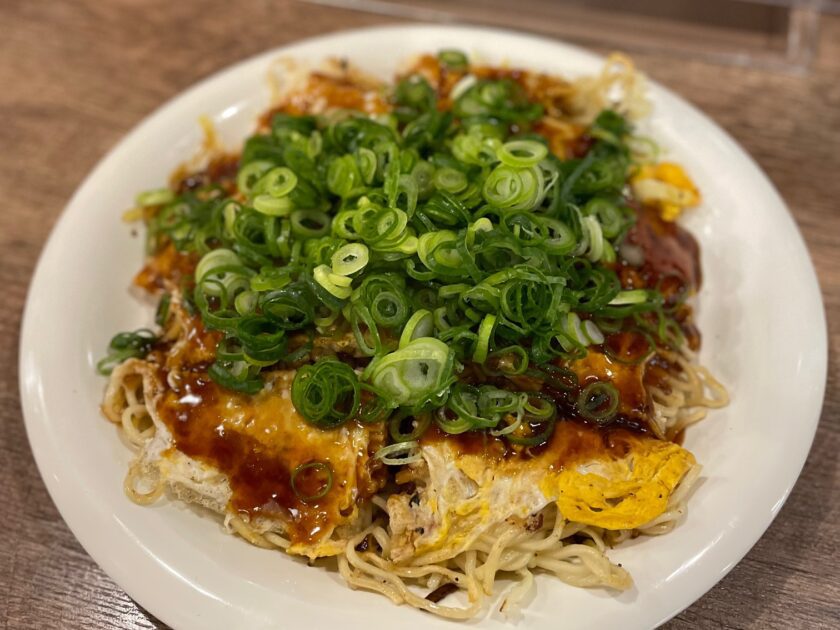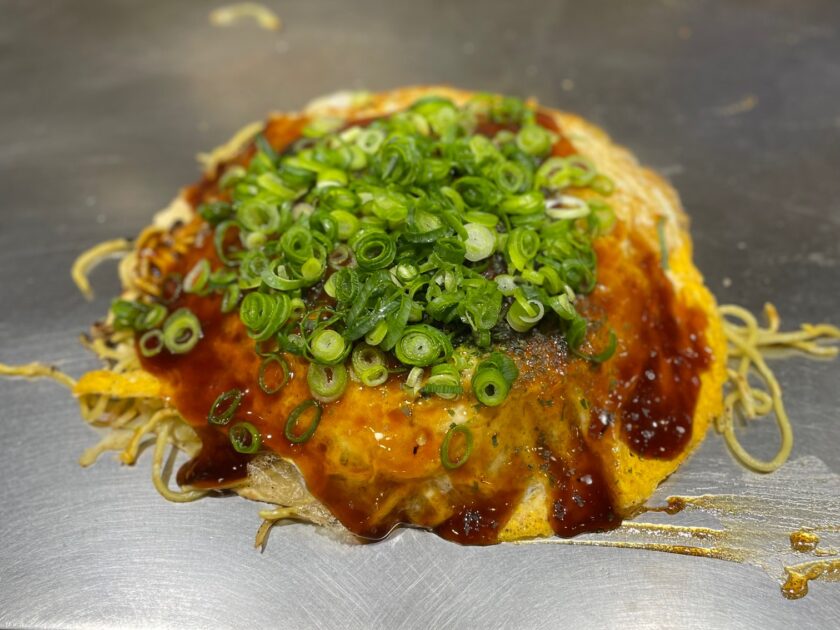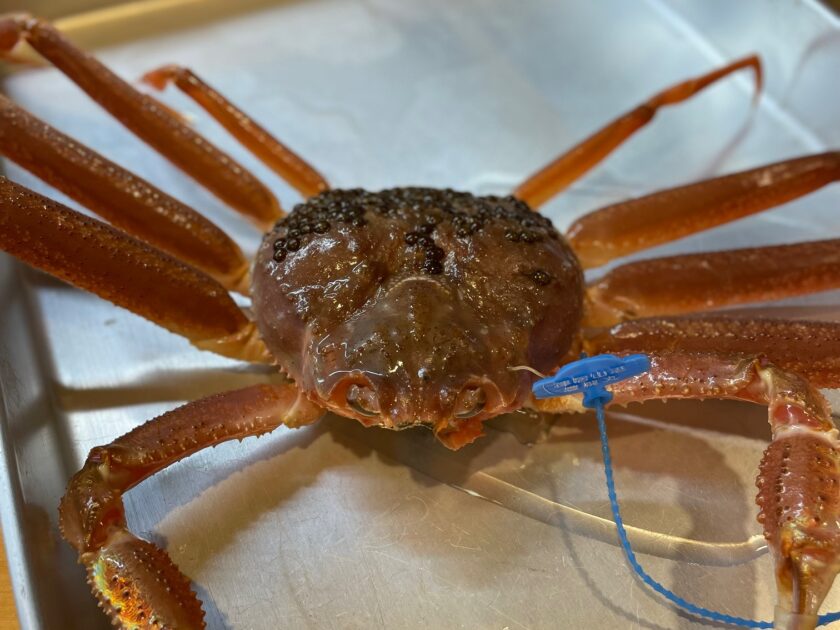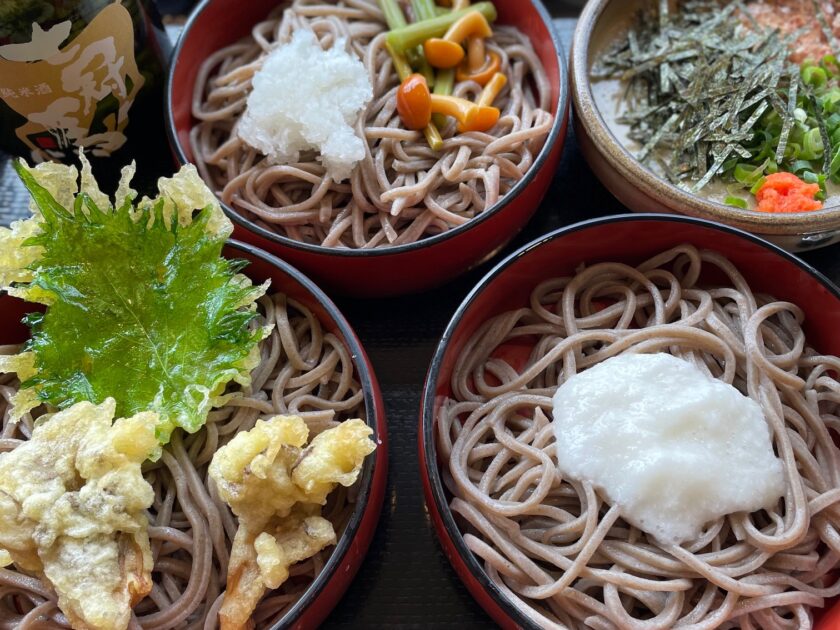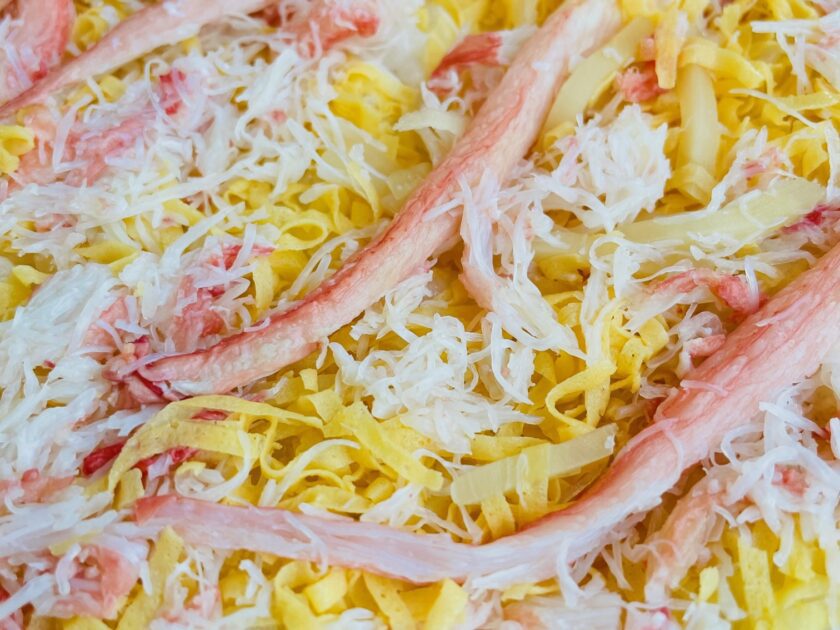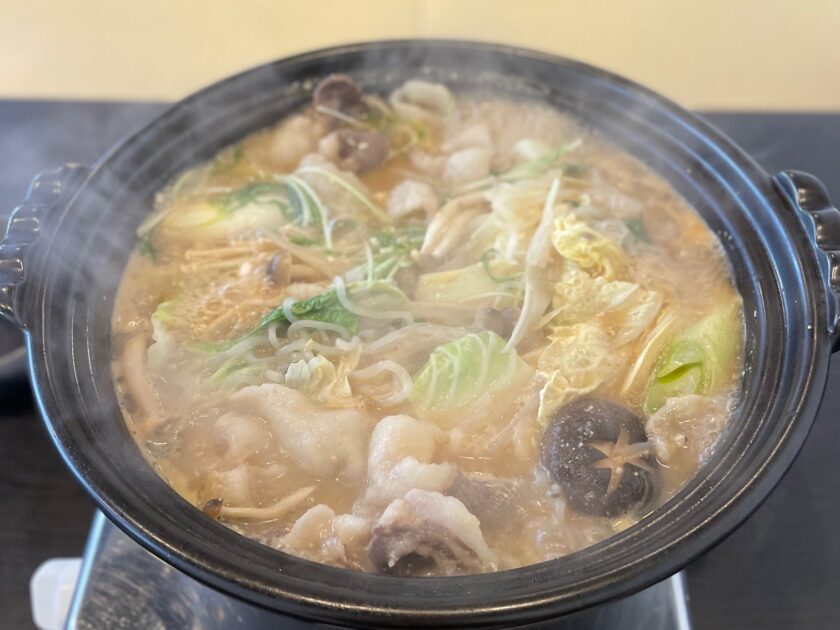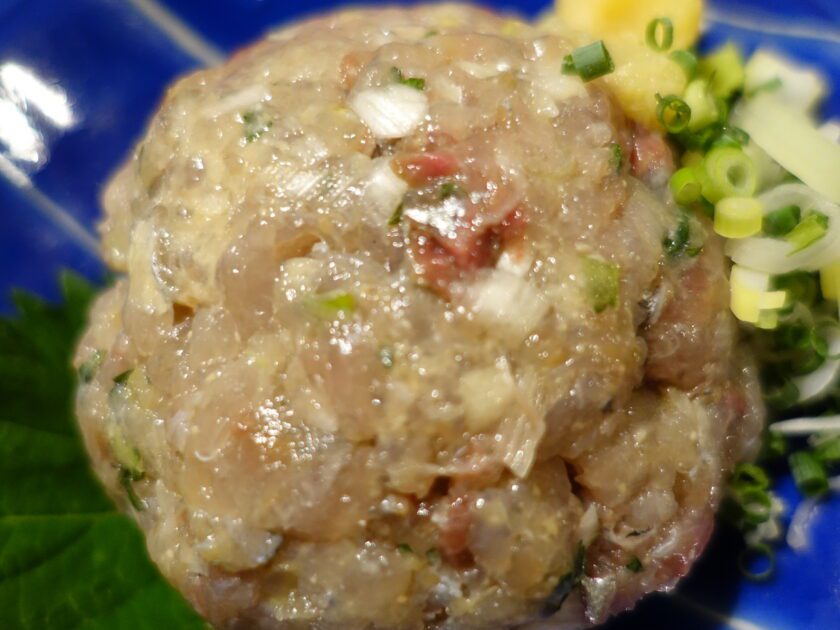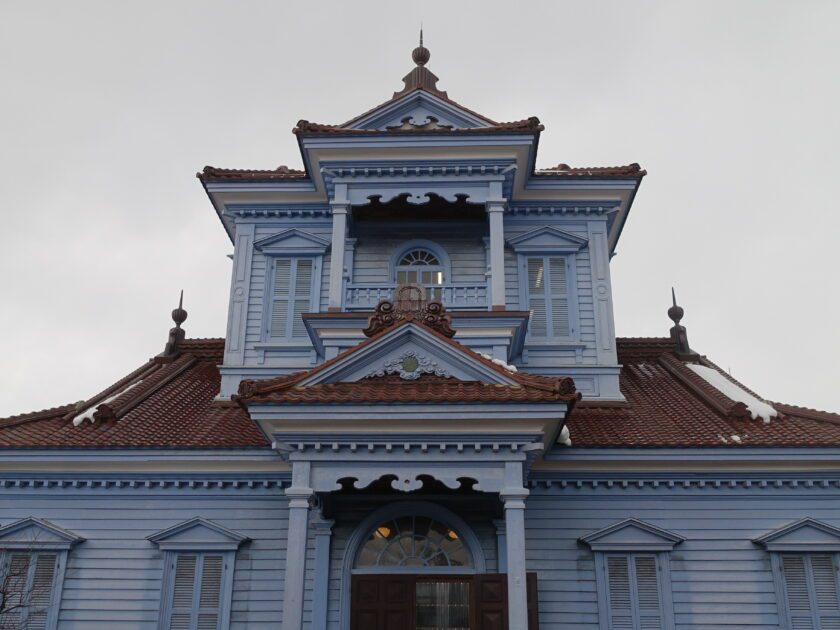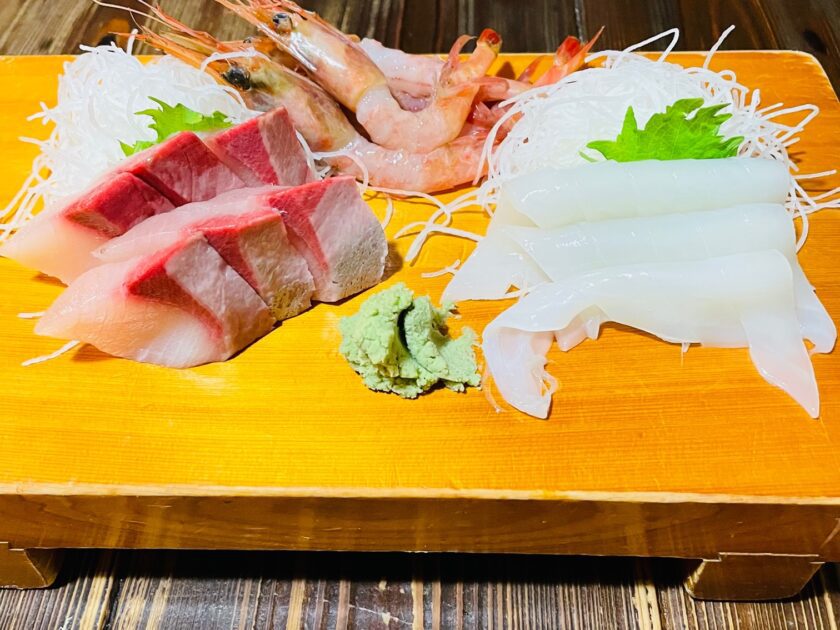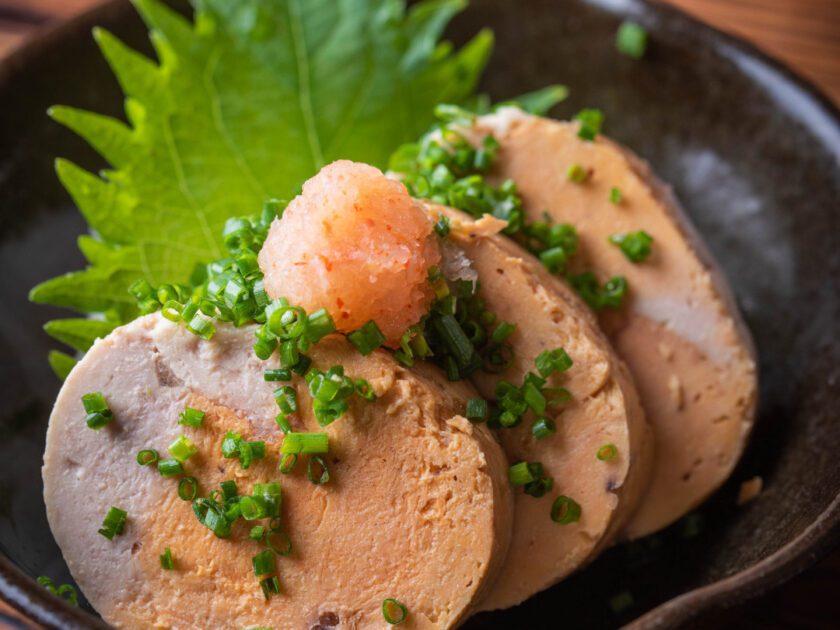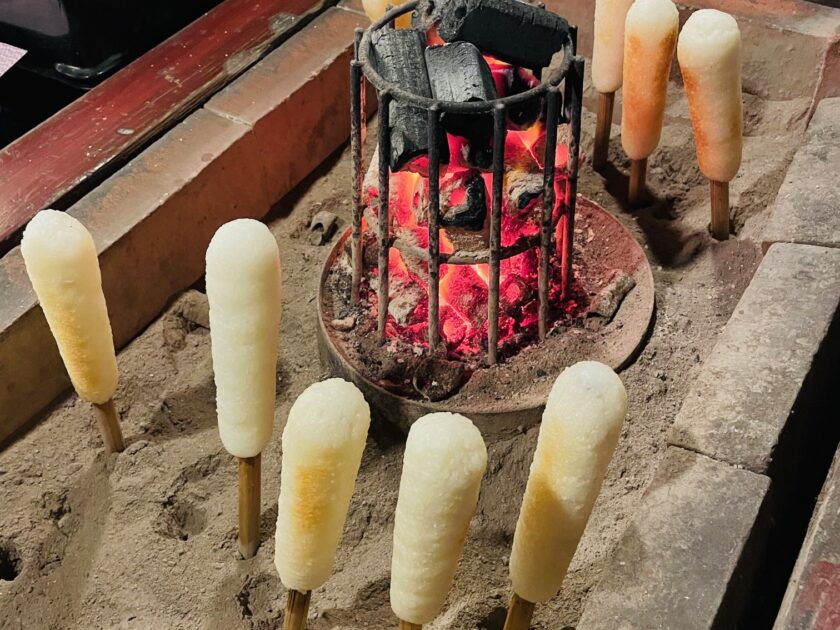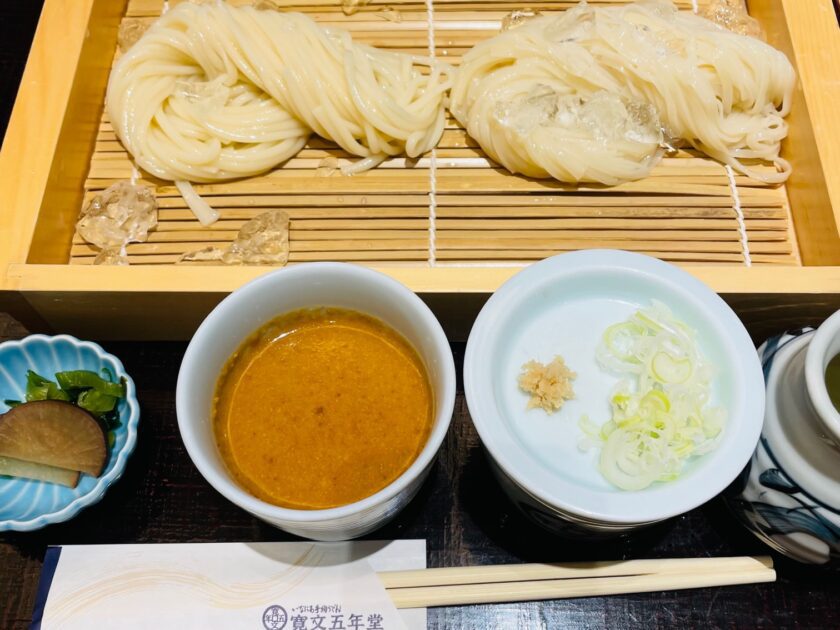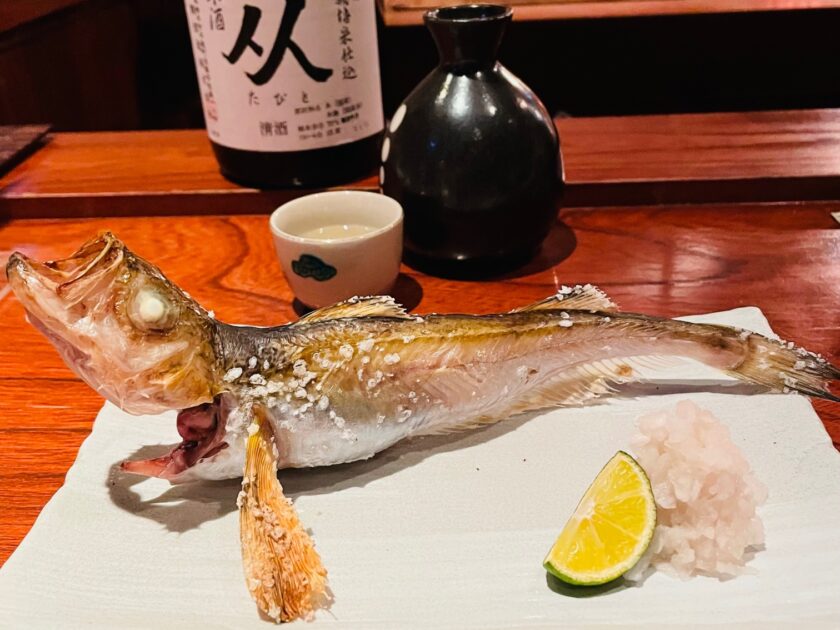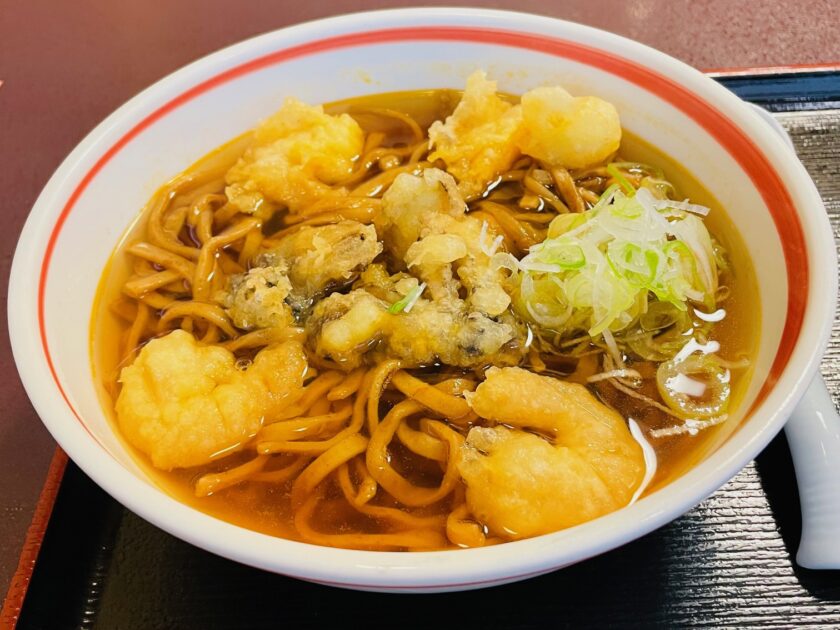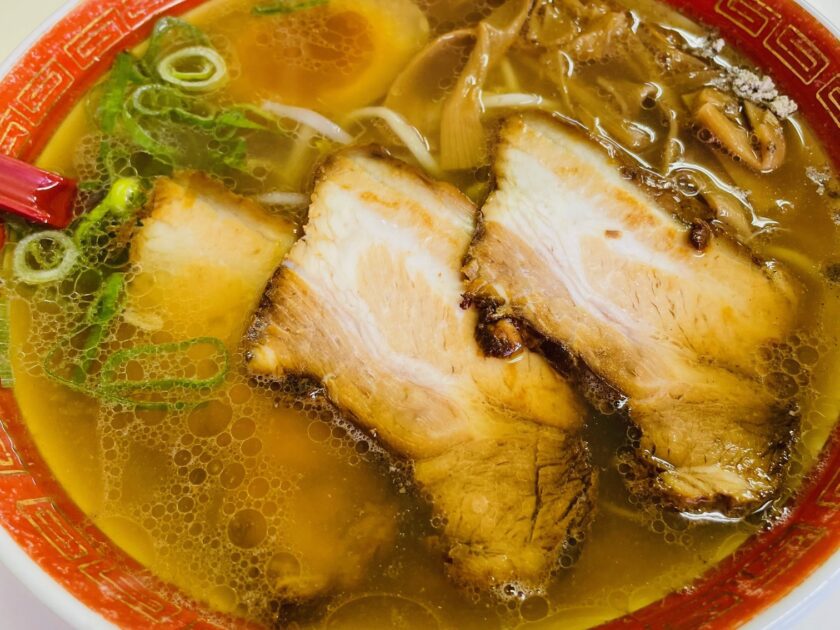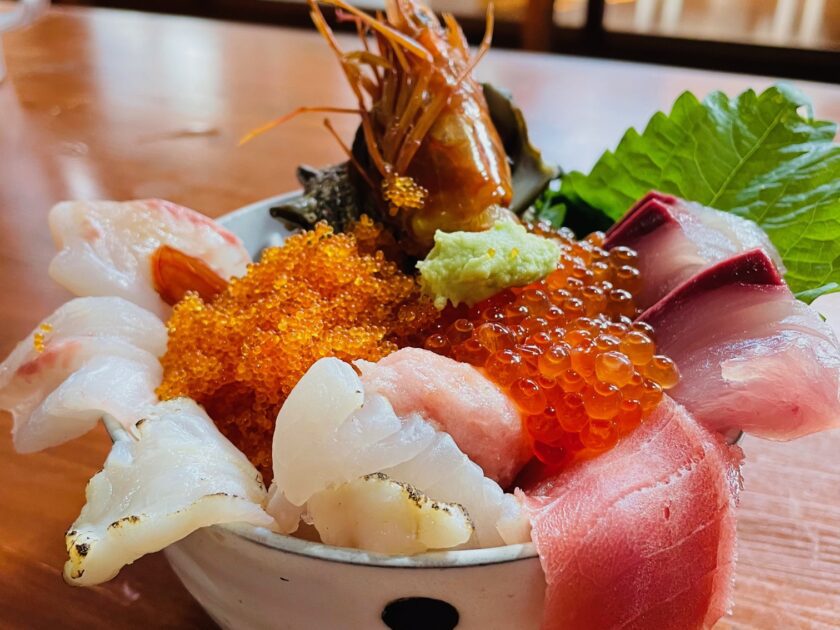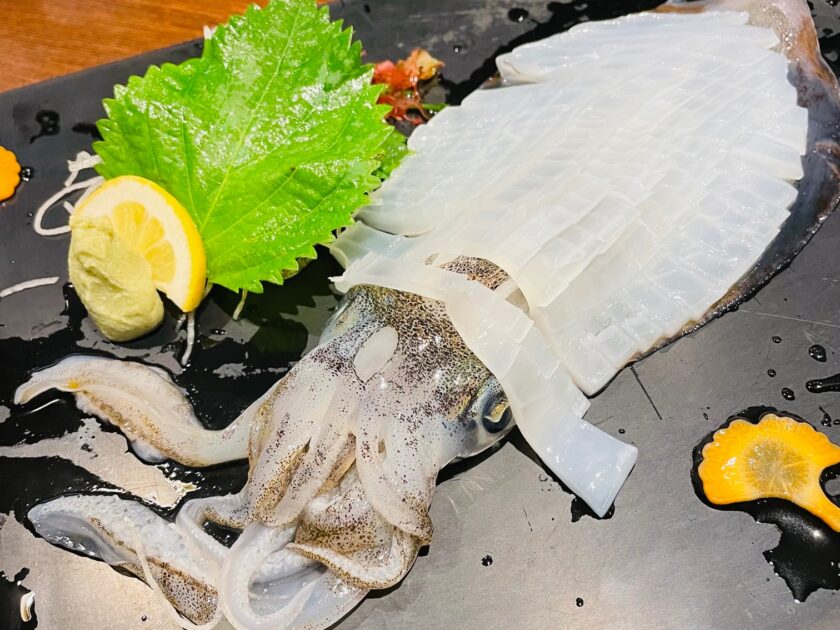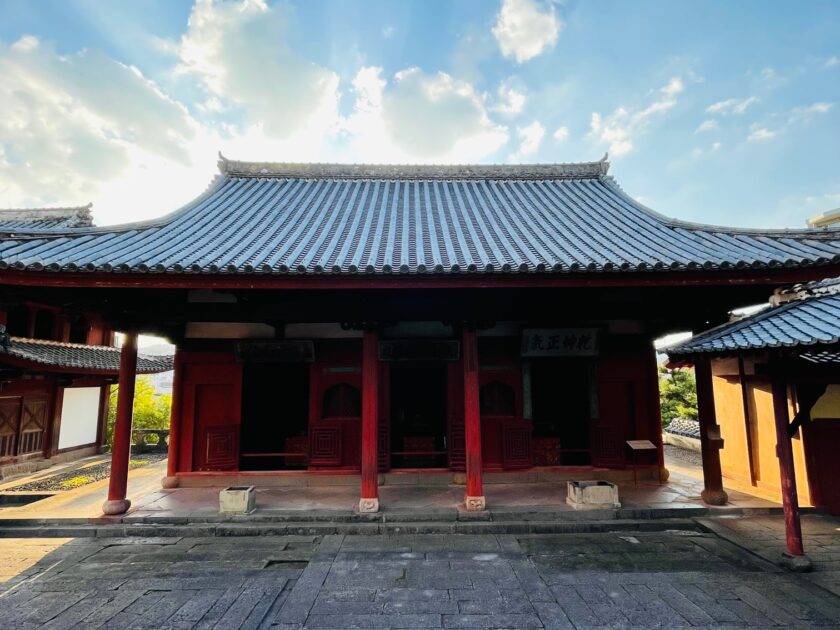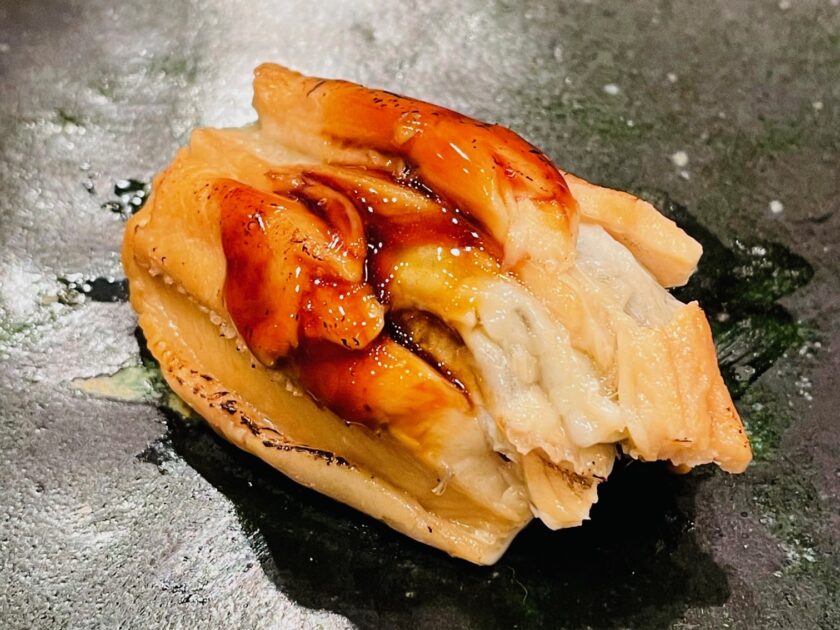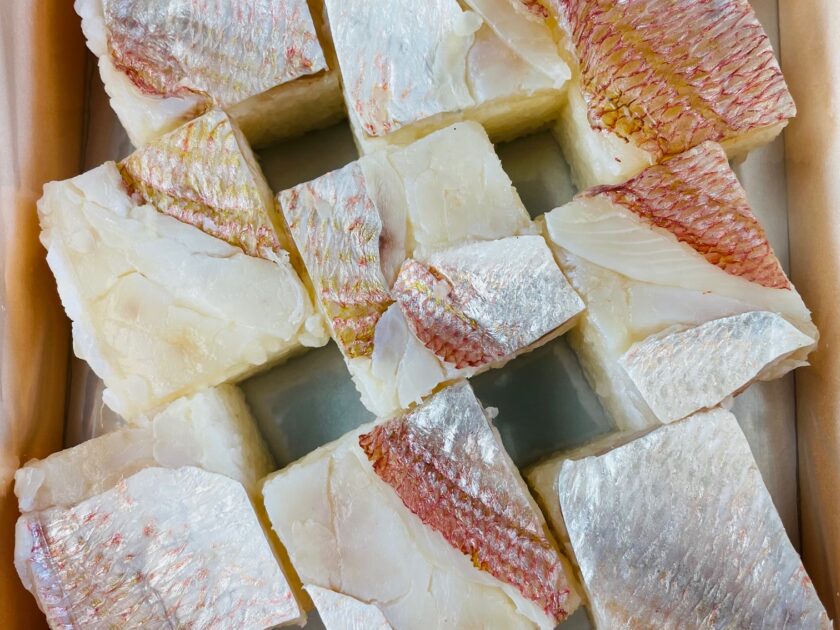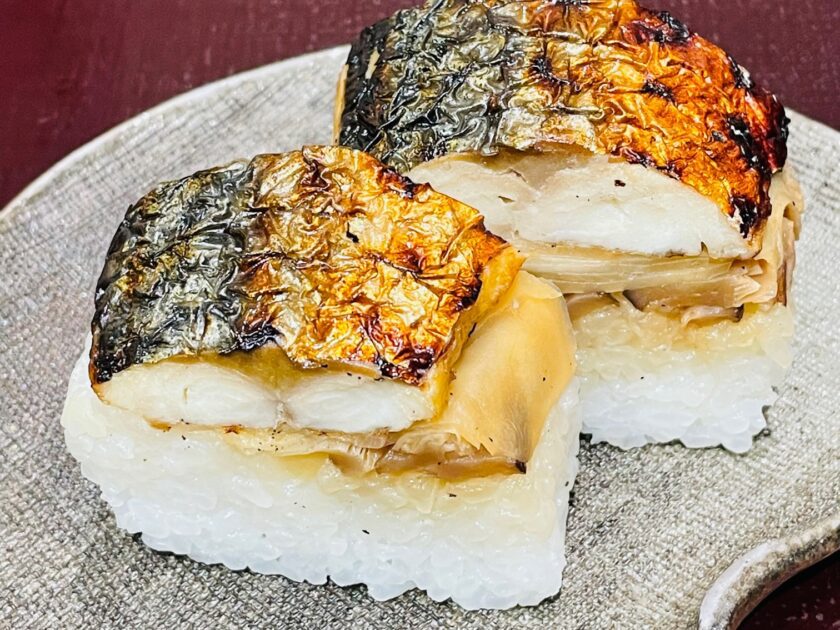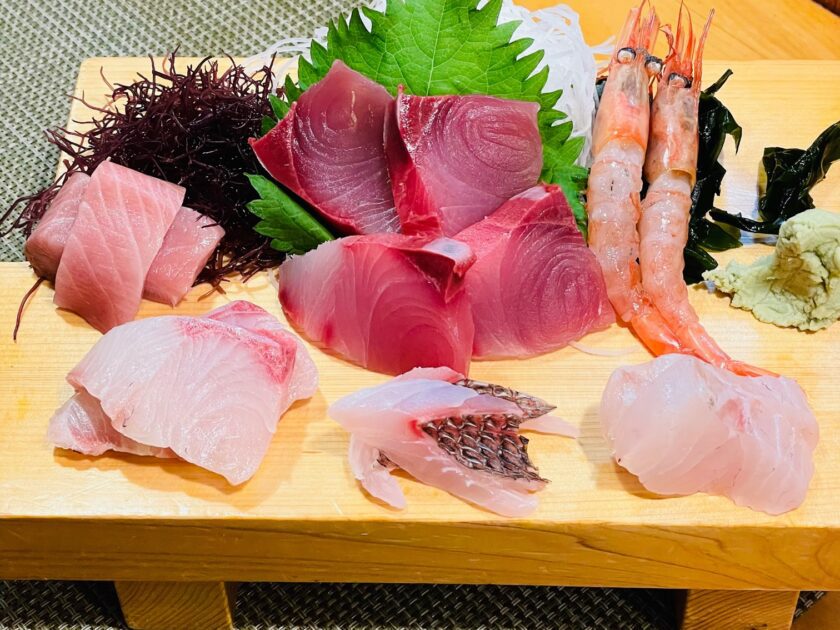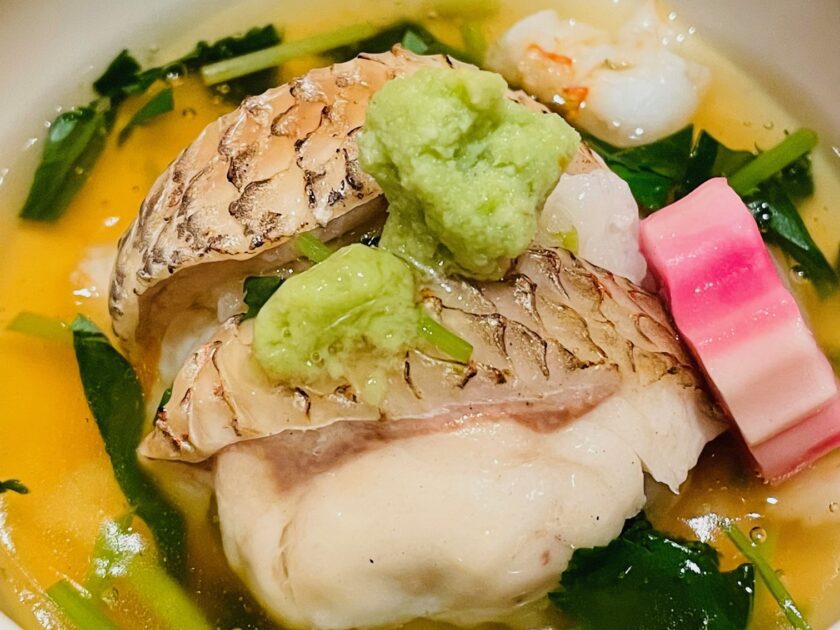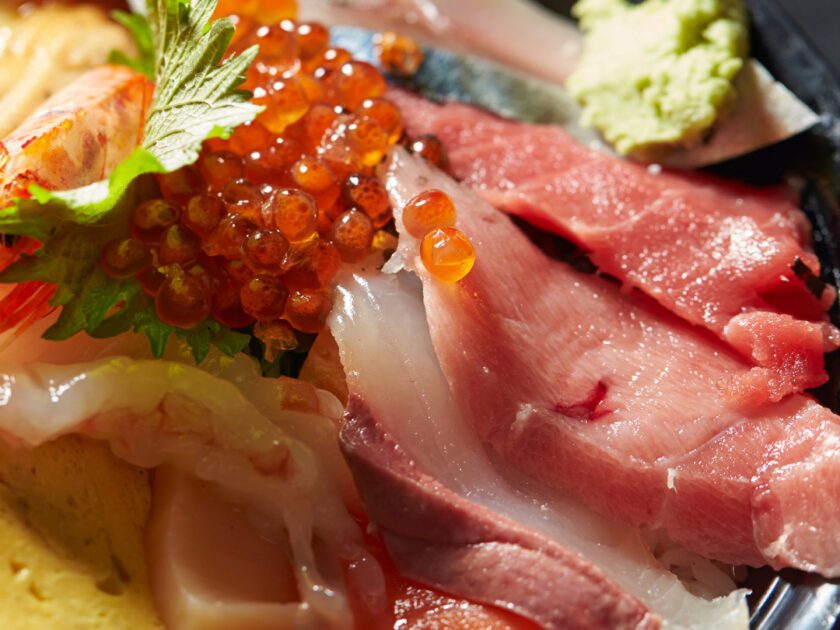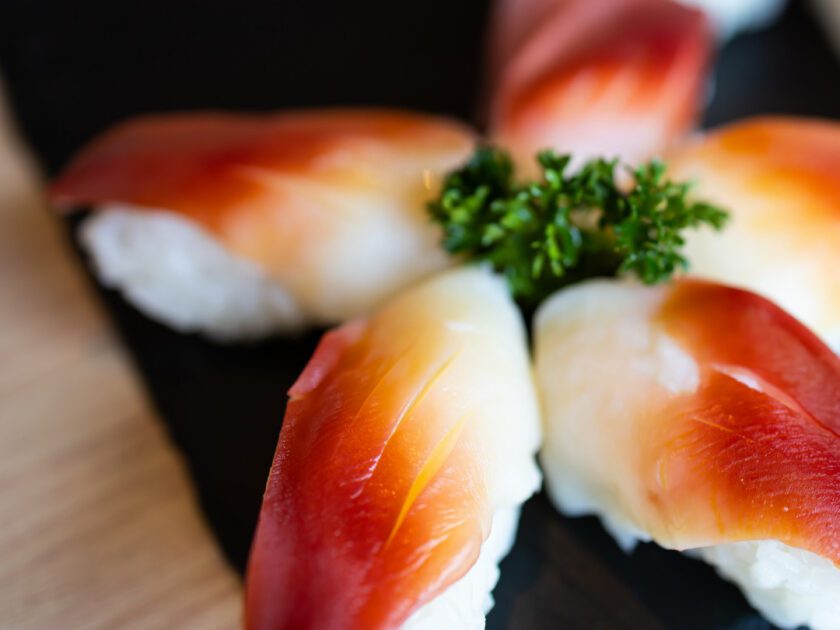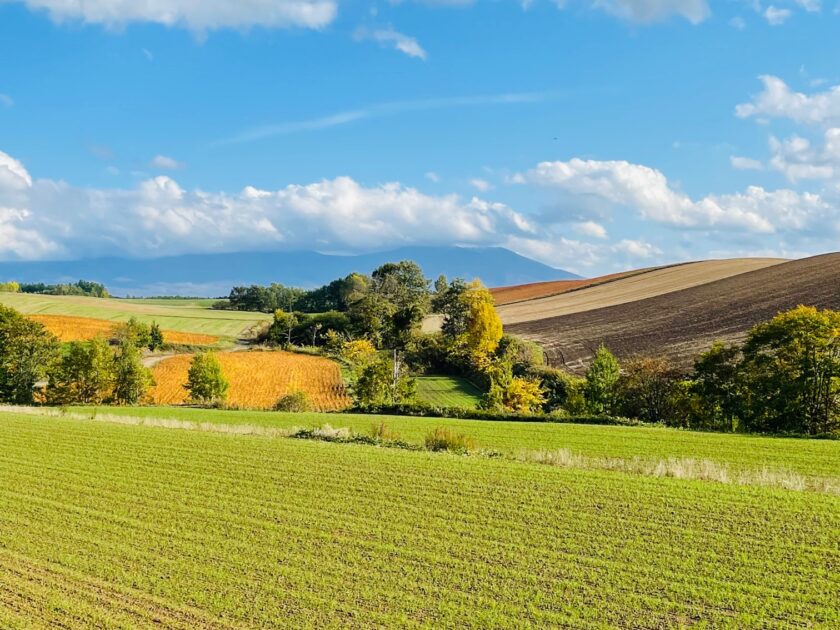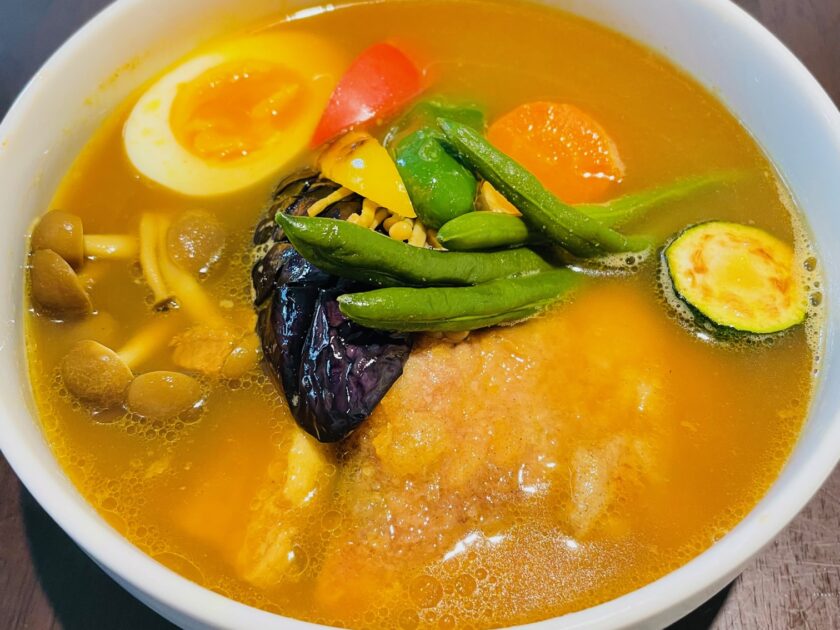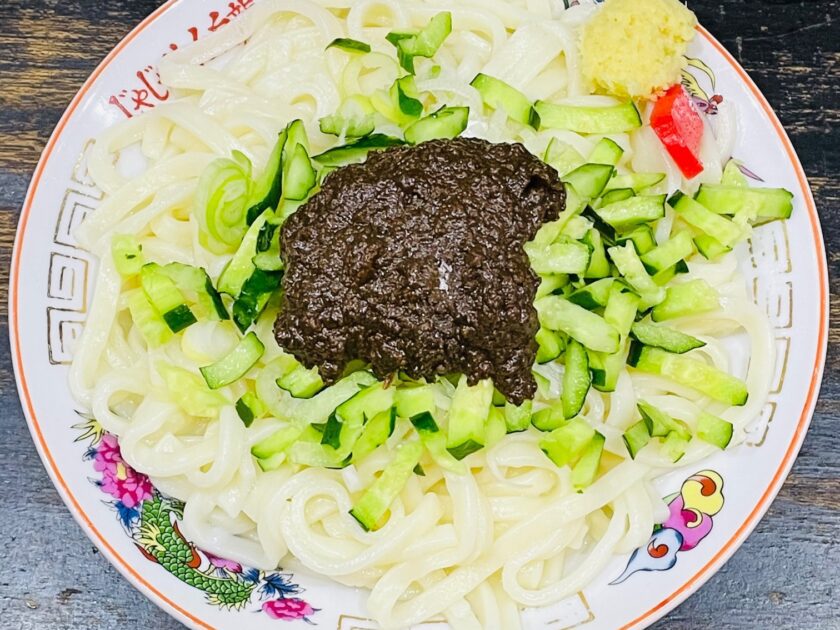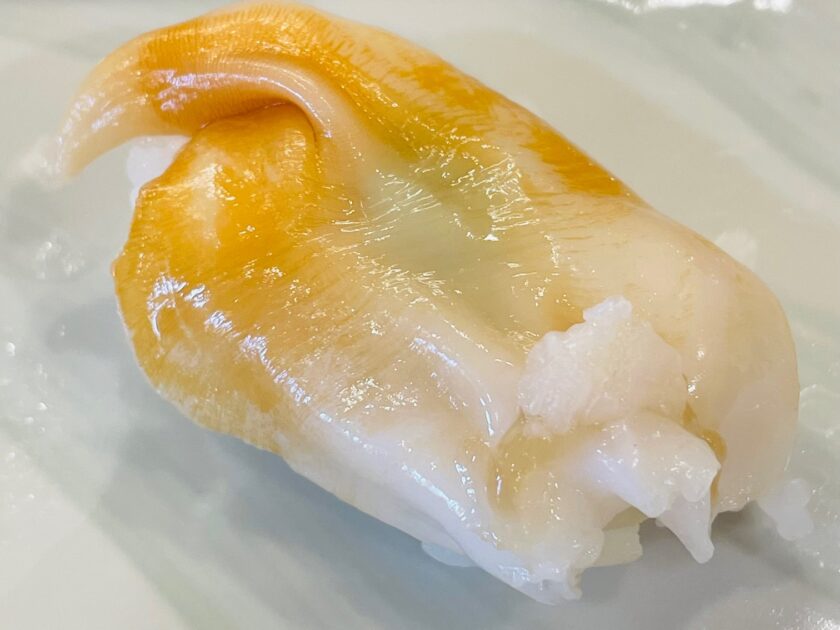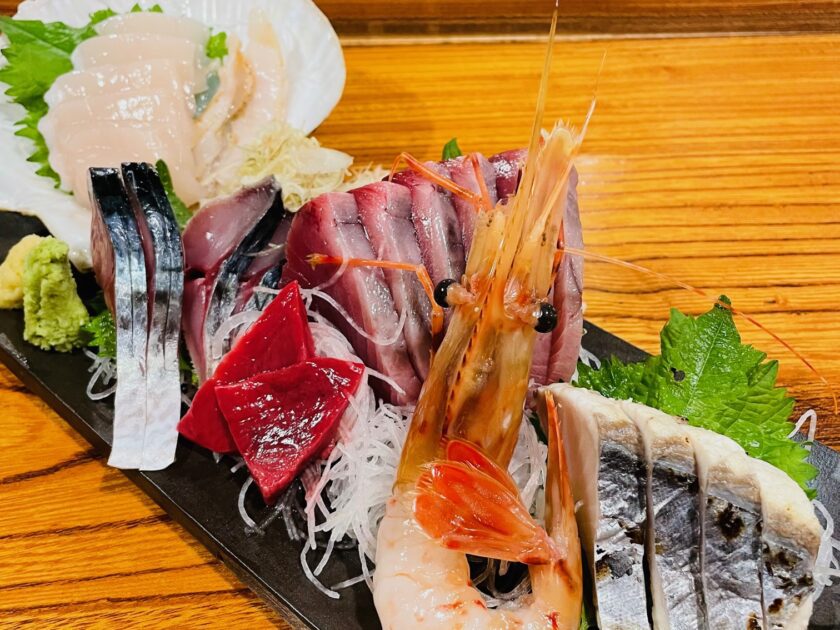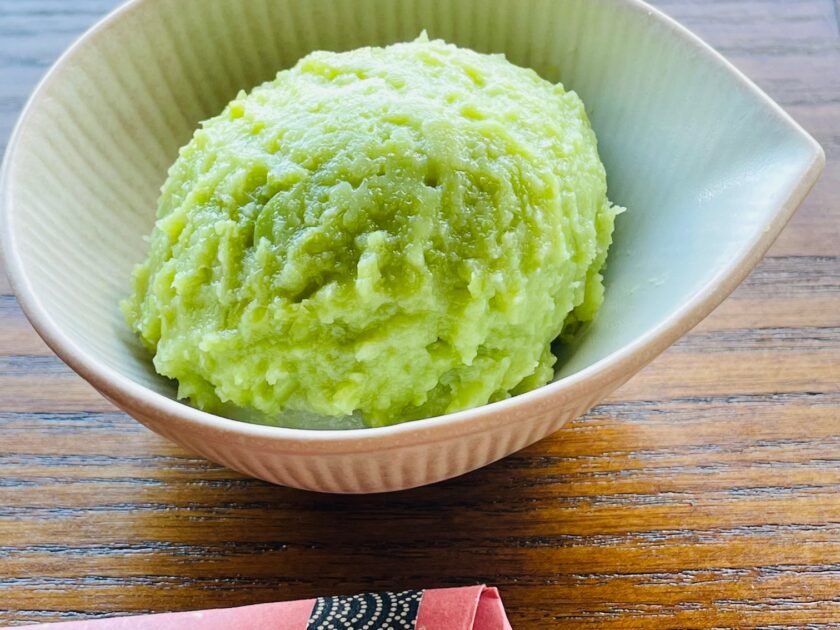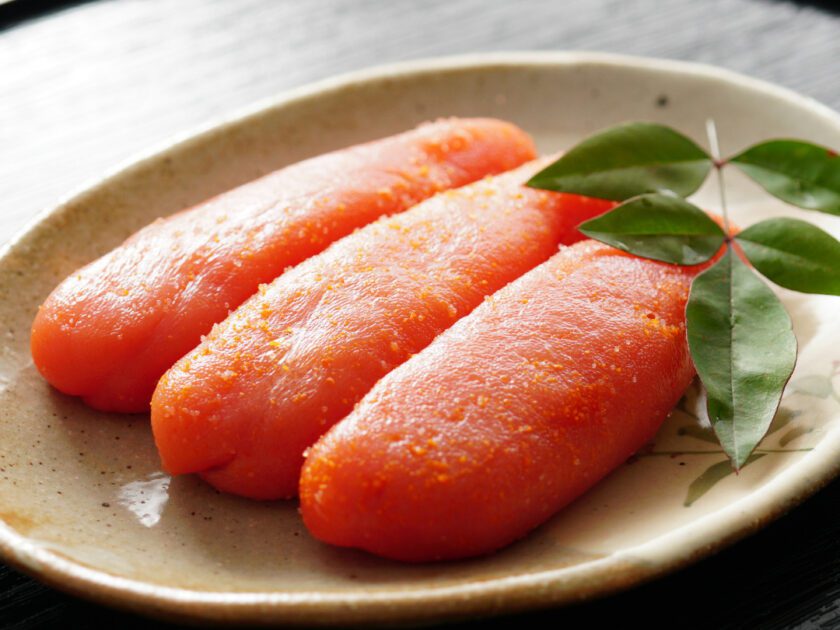March itinerary in Japan Day 4 (Hiroshima, Okayama Meal ed.)
March itinerary in Japan Day 4 (Hiroshima, Okayama Meal ed.) (Friday, March 25) Table of contents 1. Onomichi Ramen Iccho 2. Local cuisine Hamayoshi 1. Onomichi Ramen Iccho I returned to Fukuyama Station from Tomonoura, Myo-in and Kusado Inari Shrine, and had lunch at “Onomichi Ramen Iccho”. As I posted on the BLOG on April 19, there are two types of Onomichi ramen, and Hiroshi Iwaoka, the founder of the Shin-Yokohama Ramen Museum says, “Onomichi ramen should be called Onomichi / Fukuyama ramen.” Therefore, Onomichi ramen eaten in Fukuyama City can be called local ramen. Many customers lined up at “Onomichi Ramen Iccho” even after 13:00. There is no doubt that it is a popular ramen shop in Fukuyama City. With a high score of 3.62 in Tabelog, it is listed as the top ramen shop in Fukuyama City. I ordered “ramen” (Yen 650). The ramen of “Onomichi Ramen Iccho” was a typical “Onomichi ramen” with a lot of fatty upper part of roast pork floating in black soy sauce soup. The taste of ramen was one of the best ramen I ate recently. The noodles were a little soft at “Kukai” in Onomichi City the day before,



